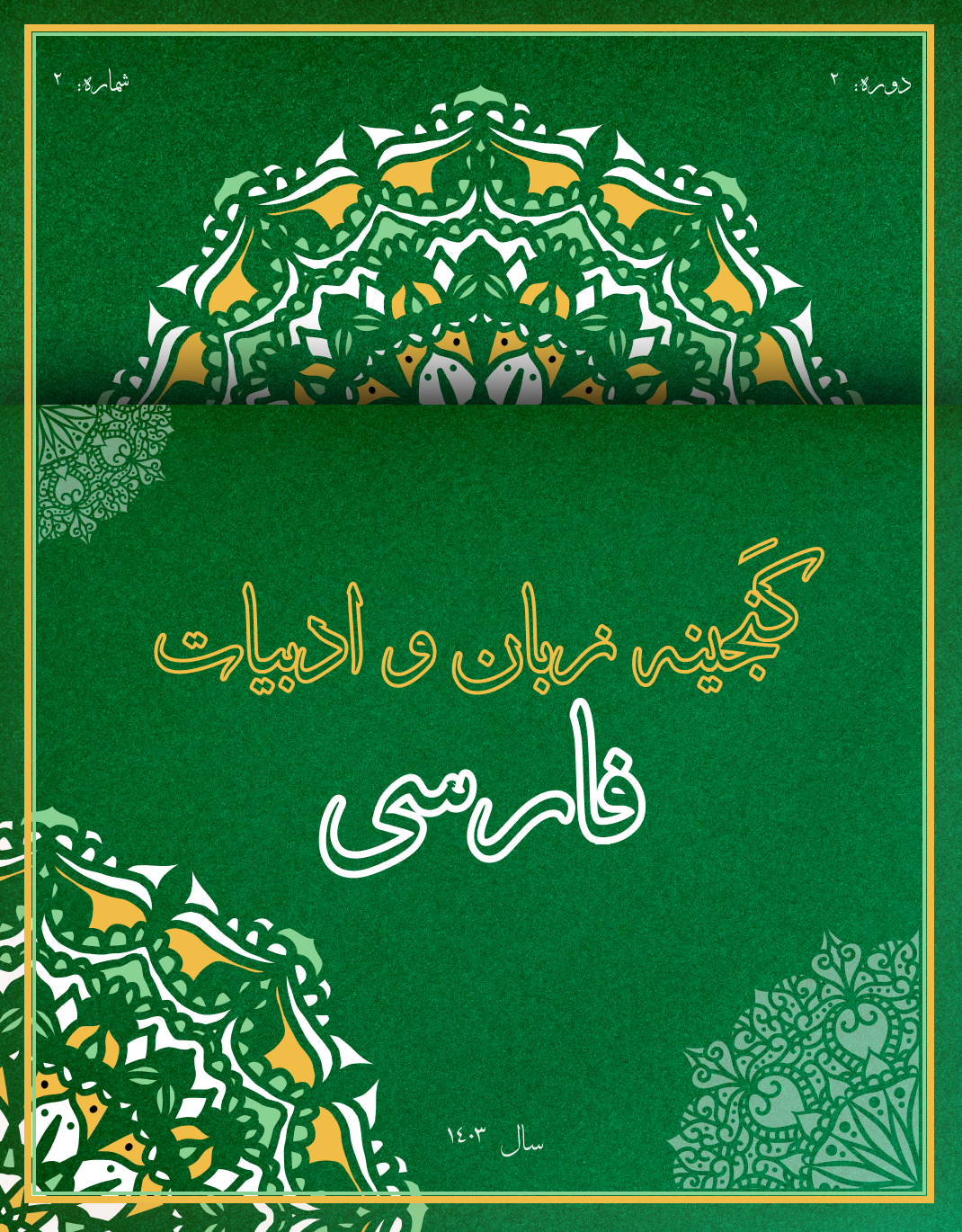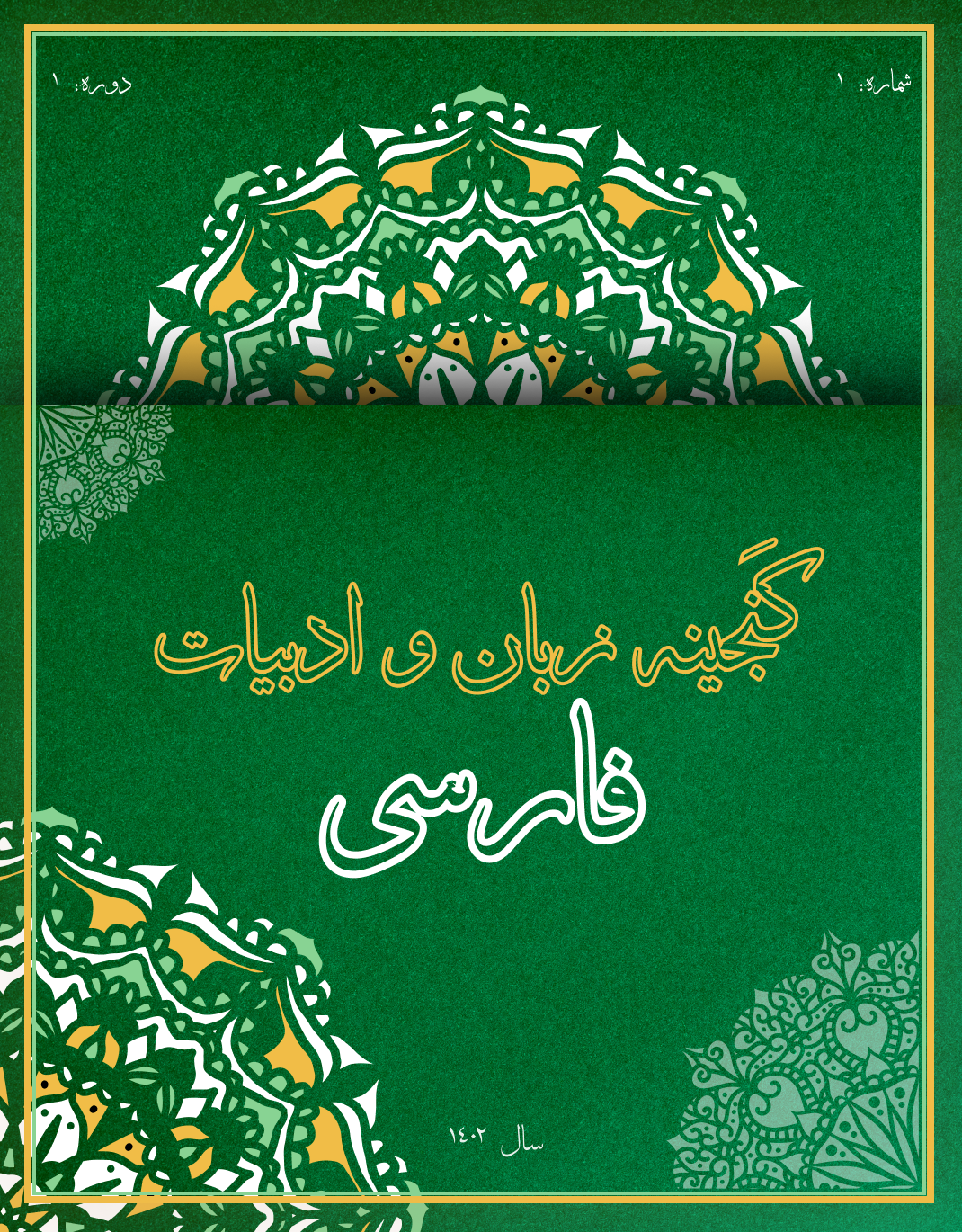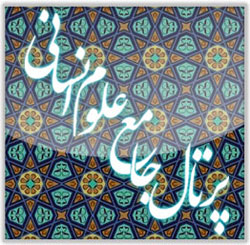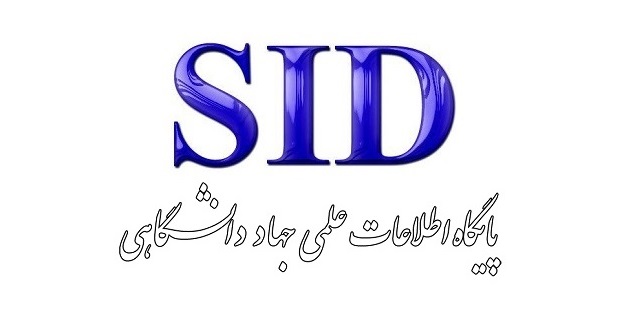تحلیل روایت در داستانهای کوتاه صادق هدایت با رویکردی به روانکاوی فرویدی
کلمات کلیدی:
تحلیل روایت, صادق هدایت, روانکاوی فرویدی, ناخودآگاه, سرکوب, عقده ادیپ, رؤیا، شخصیتپردازی, ادبیات فارسیچکیده
مقاله حاضر به تحلیل روایت در داستانهای کوتاه صادق هدایت با رویکردی روانکاوانه و بر اساس نظریه فروید پرداخته است. در این پژوهش، آثار هدایت بهویژه داستانهایی چون «سه قطره خون»، «زنده به گور» و «داش آکل» از منظر مفاهیم روانشناختی فروید مانند ناخودآگاه، سرکوب، عقده ادیپ و رؤیا تحلیل شدهاند. این تحلیلها بهویژه بر تأثیر ناخودآگاه در شخصیتپردازی و ساختار روایی داستانها تمرکز دارند. یافتههای پژوهش نشان میدهند که هدایت در آثار خود با استفاده از نمادها و تمثیلهایی چون خون، مرگ، سایه و آینه، بهطور غیرمستقیم به لایههای پنهان ذهن شخصیتها و نویسنده اشاره کرده است. این نمادها و تصاویر بازتابدهنده تعارضات روانی، سرکوبها و اضطرابهای درونی شخصیتها هستند که تحت تأثیر ناخودآگاه قرار دارند. علاوه بر این، مقاله تلاش کرده است تا نشان دهد چگونه نظریه روانکاوی فرویدی میتواند به تحلیل عمیقتری از آثار هدایت و همچنین شناخت بهتر از تعاملات روانشناختی در ادبیات فارسی کمک کند. در نهایت، مقاله پیشنهاداتی برای پژوهشهای آتی در این زمینه ارائه میدهد که میتوانند به گسترش بیشتر تحلیلهای روانشناختی در نقد ادبیات معاصر فارسی منجر شوند.













